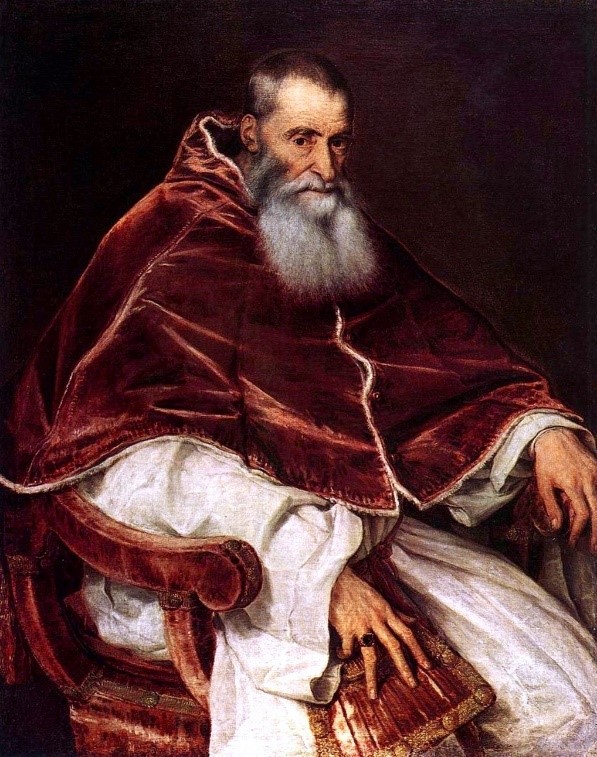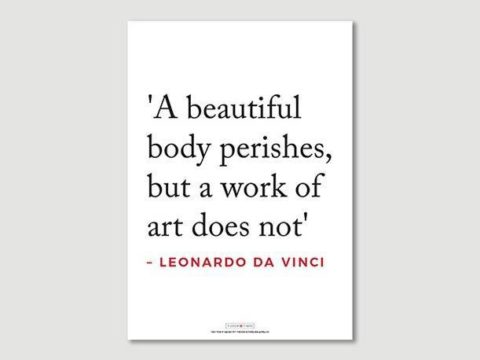James V: Religion and Reform
Chapter 4 : Political Angles
For James, there was a political element to his faith, as well as a religious one.
In the early 1530s when his uncle, Henry VIII, was renouncing Papal authority, he made overtures to James to join him. Henry and his ministers became increasingly concerned about the risk of invasion by France or the Empire to uphold traditional religion, and it would have been a great comfort to him to know that Scotland, the back door to England, would join him. He suggested James join with him in rejecting the ‘pretended’ authority of the Bishop of Rome, who sought to keep princes in ignorance. James responded that he would:
‘hold by God and Holy Kirk as our ancestors have done these thirteen hundred years.’
A later suggestion to James that the monasteries ought to be put down to enable him to take their property was met with the answer that he could not see any benefit in so doing:
‘[they have stood] these many years, and God's service maintained and kept in the same, and I might have anything I require of them…’

For James, the advantage lay all on the side of conformity. The more unpopular Henry was with the Pope, and the European monarchs, the more they would caress him. In 1532, James instituted the College of Justice, the forerunner of the Court of Session (see here).
To do this, he needed money, and Clement VII agreed to the taxation of clergy – which seems only fair as Church lands in Scotland were worth about ten times the value of Crown land. James was thus able to access Church wealth without going to the extremes of Henry VIII’s dissolution programme.
James was further honoured by the Pope (Paul III) in 1537, when he dispatched a cap of maintenance and sword to the King, as he travelled through France. James tipped the Papal messenger 400 crowns and gave him a horse trapped in velvet.
